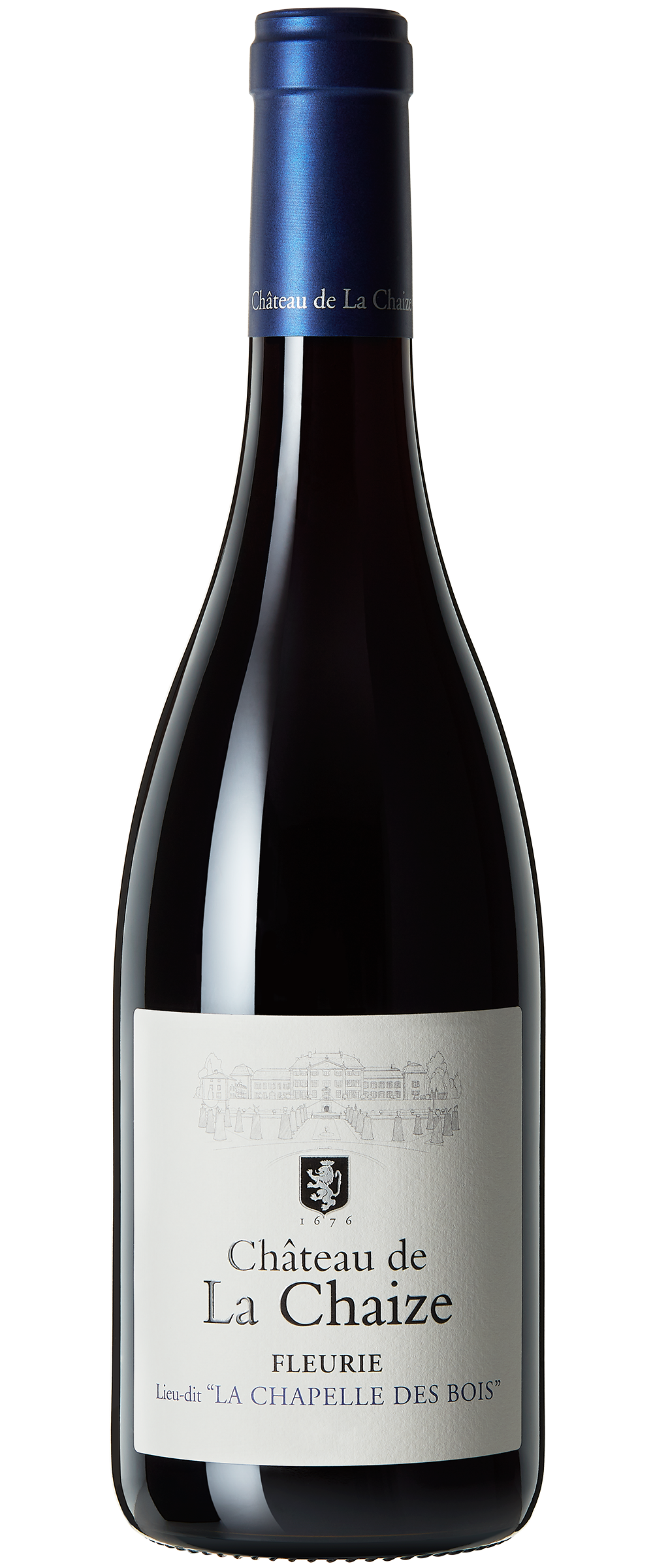
Château de La Chaize
Fleurie Lieu-Dit "La Chapelle des Bois"
Beaujolais, France
Situated in one of Chaize’s seven cadastral localities of the Fleurie appellation, La Chapelle des Bois occupies one of the finest terroirs in Fleurie and is currently under consideration for Premier Cru classification.
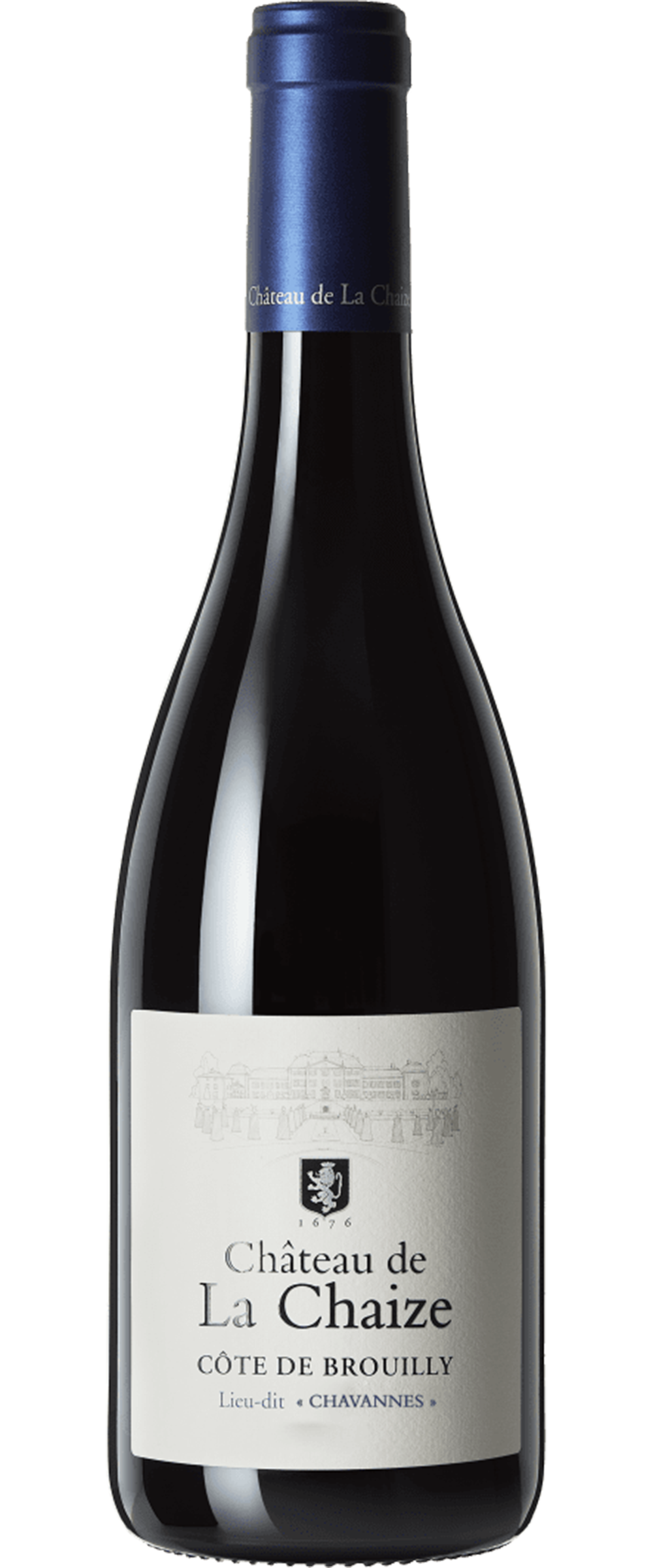
Château de La Chaize
Côte de Brouilly "Chavannes"
Beaujolais, France
This vineyard's unique terroir features pink granite soils that foster deep root exploration and optimal grape cultivation conditions; a seriously complex Beaujolais with exceptional character.

Domaine Talmard
Mâcon-Chardonnay
This Burgundy Estate produces one utterly perfect wine: a pure and refreshing Chardonnay, from the birthplace of the Chardonnay grape.
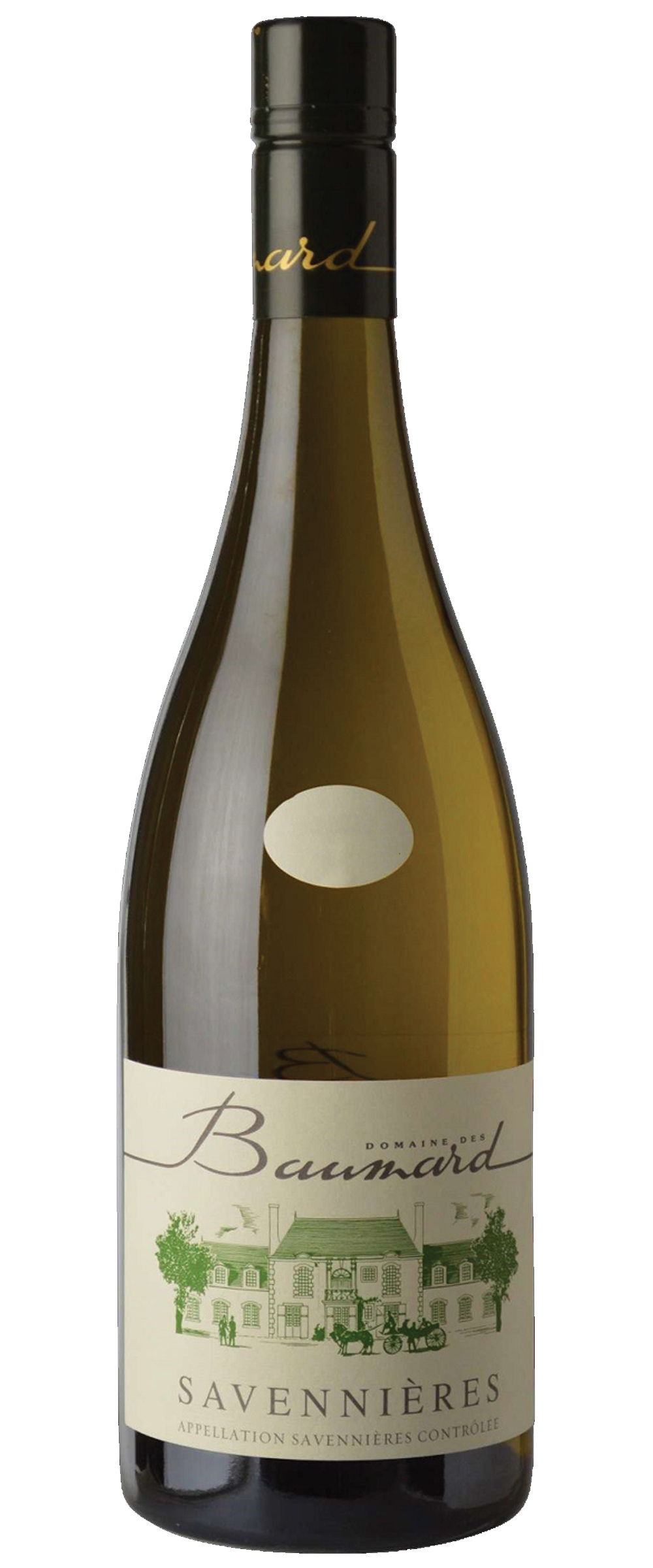
Domaine des Baumard
Savennières
Savennières
Domaine des Baumard produces some of the finest examples of Savennières, and Jean Baumard and now his son, Florent, are universally regarded as the finest winemakers in the appellation. Their wines are among the most unique and rewarding in the world: dry whites of intense concentration, perfume, and longevity.

Domaine des Baumard
Savennières Trie Spéciale
Savennières
Baumard’s Savennières Trie Spéciale bottling is in many ways the apotheosis of the appellation, and is produced only in great years (’89, ’90, ’95, ’97, ’00, ’10, ’14 to date). Exceptionally ripe bunches are hand-harvested in successive passes (‘tries’) through the estate vineyard, resulting in a concentrated wine of enormous structure and intensity, requiring many years to unwind into a lanolin-textured wine with flavors of stone fruits, spices, and minerals, and great length. One of France’s greatest white wines.
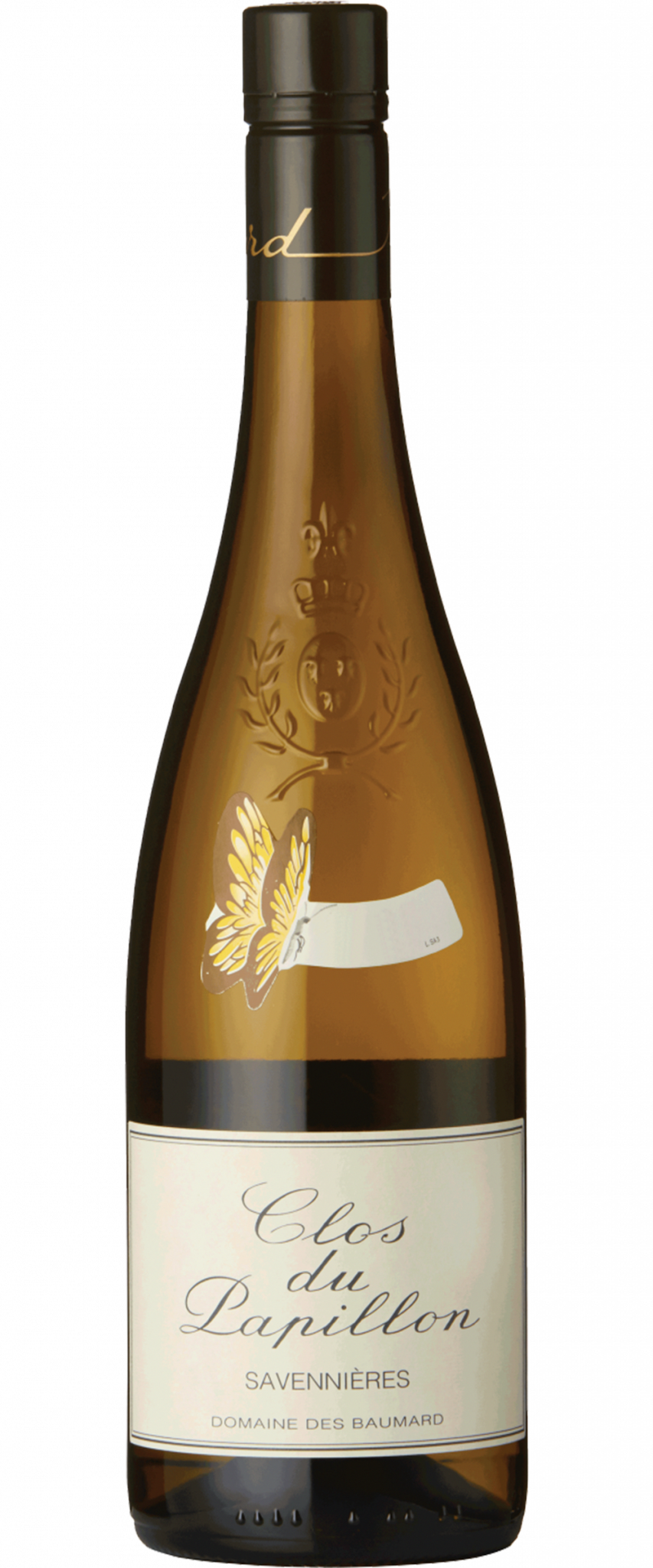
Domaine des Baumard
Savennières Clos du Papillon
Savennières
If Savennières produces some of the most compelling dry white wines in the world, the Clos du Papillon plot within Savennières , so named for its butterfly shape, concentrates and magnifies all the characteristics of this small, distinct appellation. Baumard is the largest owner of this vineyard, with the best holdings, and the wines display a captivating combination of ripe orchard fruit, floral, and mineral notes, within a structure able to age decades.
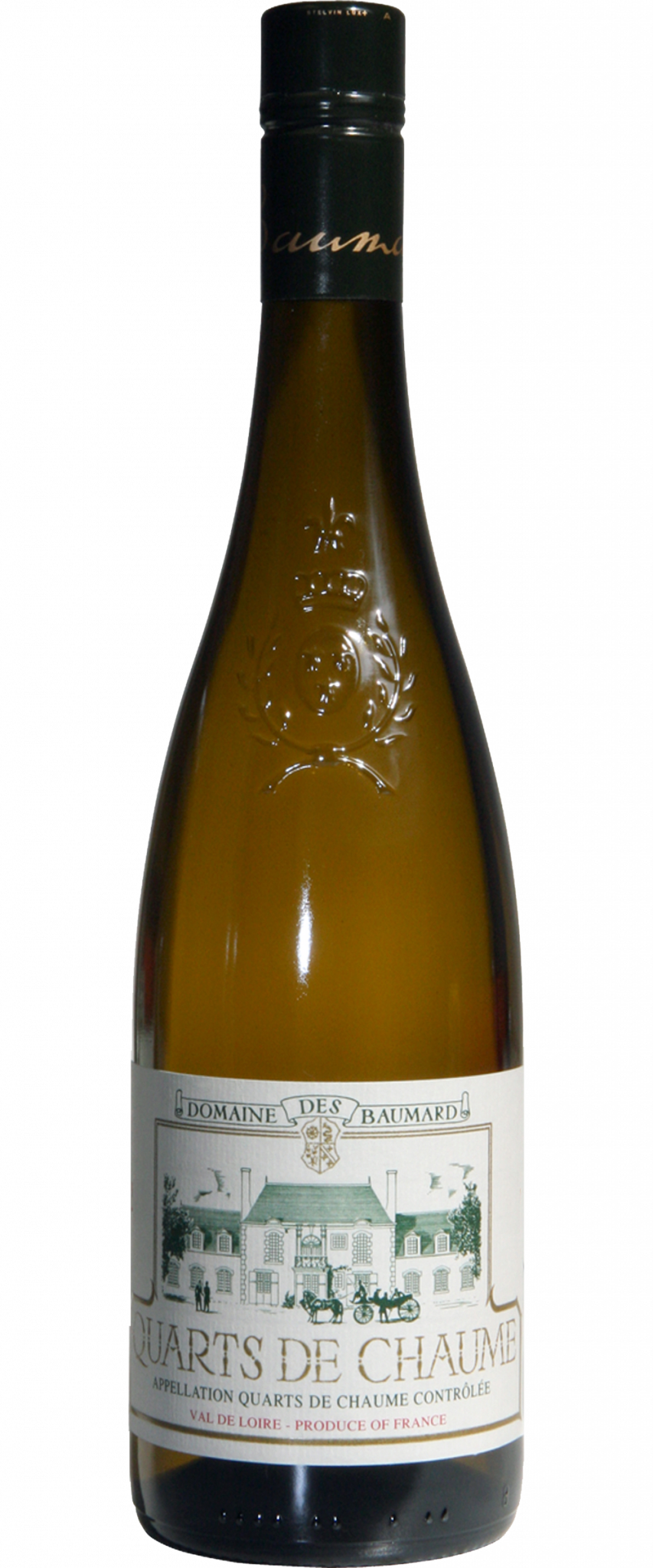
Domaine des Baumard
Quarts de Chaume
Quarts de Chaume
The dramatically beautiful Quarts de Chaume appellation produces some of the great sweet wines of the world, Baumard's chiefly among them. Truly the "Grand Cru" site of the Loire Valley.

Domaine des Baumard
Crémant Carte Turquoise Brut
Crémant de Loire
First produced in 1957, Baumard’s Crémant Carte Turquoise is a beautiful, hand-crafted example of this appellation, which now covers both the Anjou and Touraine AOCs.
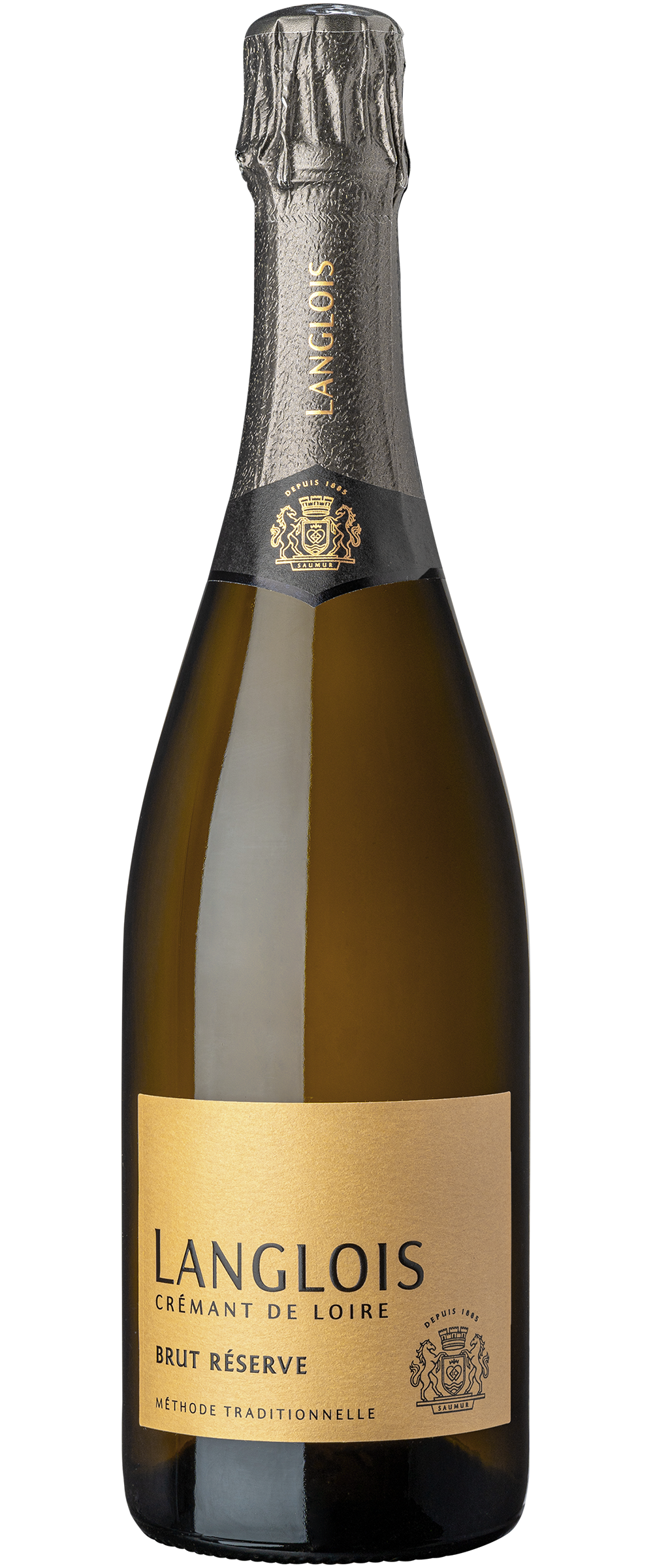
Langlois
Crémant de Loire Brut Reserve
Loire Valley, France
This Crémant is mostly Chenin Blanc, the rest Chardonnay and Cabernet Franc. Grown mostly in Saumur, it also includes fruit from Anjou and Touraine. Fresh and polished, it includes 10% reserve wines and ages for at least 24 months on the lees during its secondary fermentation.
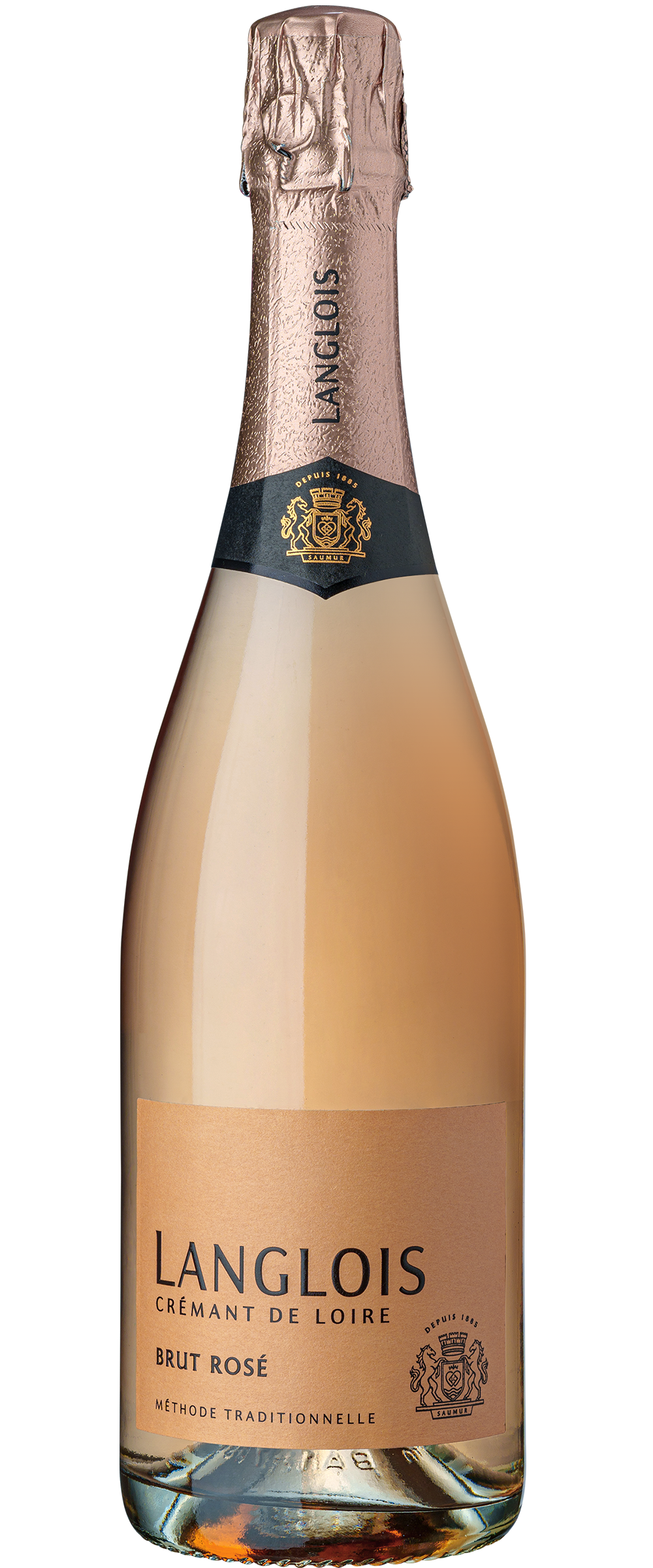
Langlois
Crémant de Loire Brut Rosé
Loire Valley, France
For their Crémants, Langlois-Chateau has an intensely terroir-focused approach of drawing the best characteristics from 6 distinct vineyard areas and soil types in order to create complex and refined wines. Langlois’ Crémant Rosé is hand-picked from 2 specific terroirs with chalky-clay soils perfectly suited to Cabernet Franc and Pinot Noir.
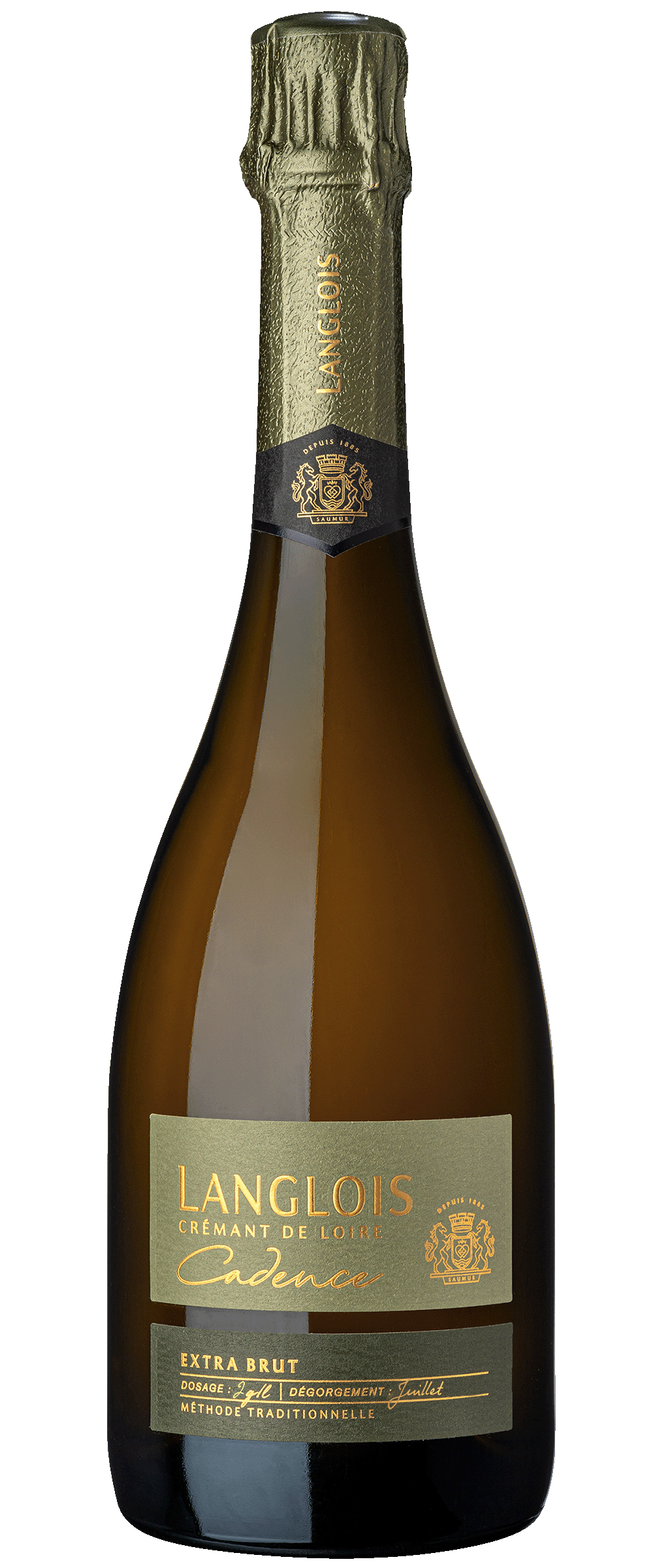
Langlois
Cadence Extra Brut
Loire Valley
Grapes are hand harvested at perfect maturity to explore the full complexity of the Chenin’s aromas while keeping its freshness. Langlois' requirements are beyond the appellation : Light pressing in pneumatic presses, aged for a minimum of five years on the lees, compared with 12 months for typical Crémant (and 15 months for Champagne).

Domaine Hubert Brochard
Sancerre Blanc
Loire Valley
This Sauvignon comes mostly from vineyards in seven villages, with the three famous Sancerre Terroirs : Chalk, flint, Caillotes. Sauvignon grapes are harvested partly by machine and partly by hand. Pressing is only in pneumatic presses. Vinification takes place in stainless steel tanks with controlled temperature in order to keep all the fine aromas of Sauvignon. The perfect expression of an ideal Sancerre.
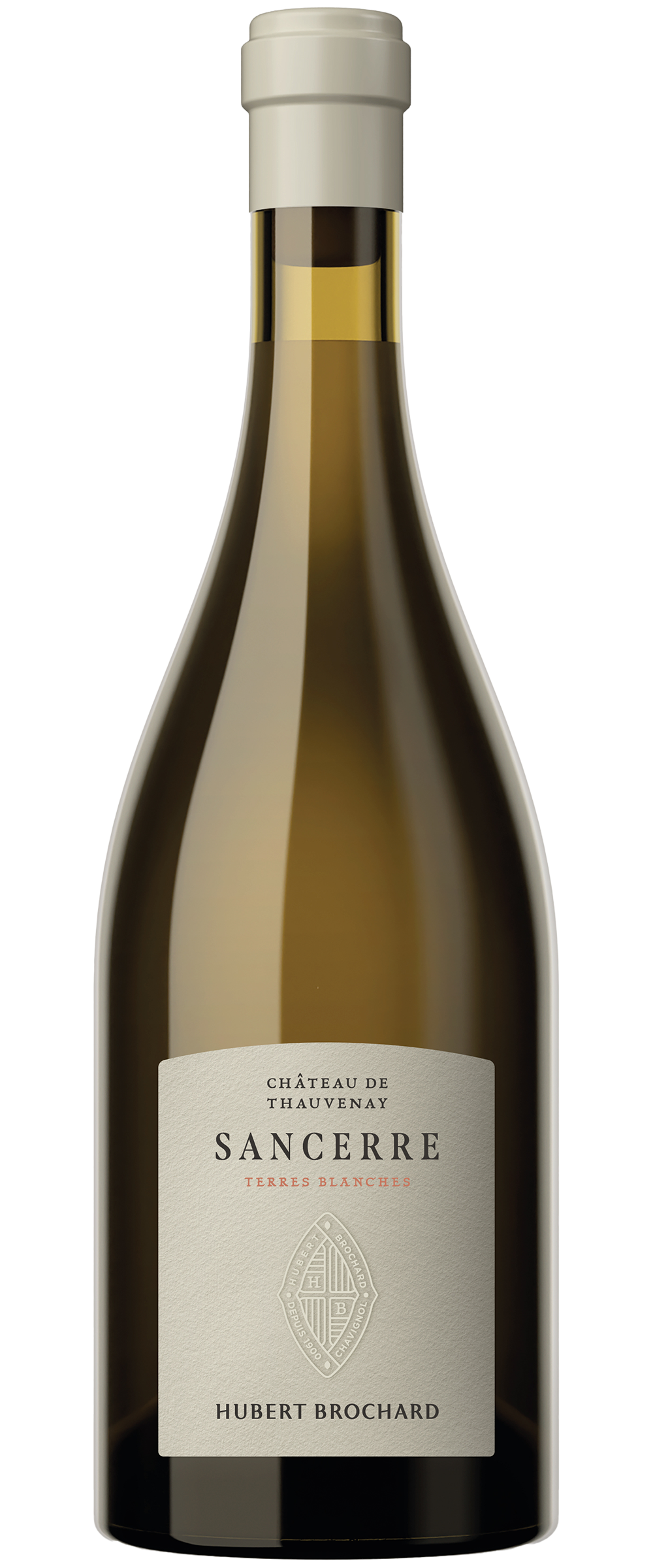
Domaine Hubert Brochard
Sancerre Château de Thauvenay
Loire Valley, France
This Sauvignon comes from vineyards surrounding the beautiful Chateau de Thauvenay near the Loire Canal. It is on chalky soil dating from the Kimmeridgian period. This clay-limestone marl results in a rich and aromatic Sancerre; an ideal expression of this unique terroir.
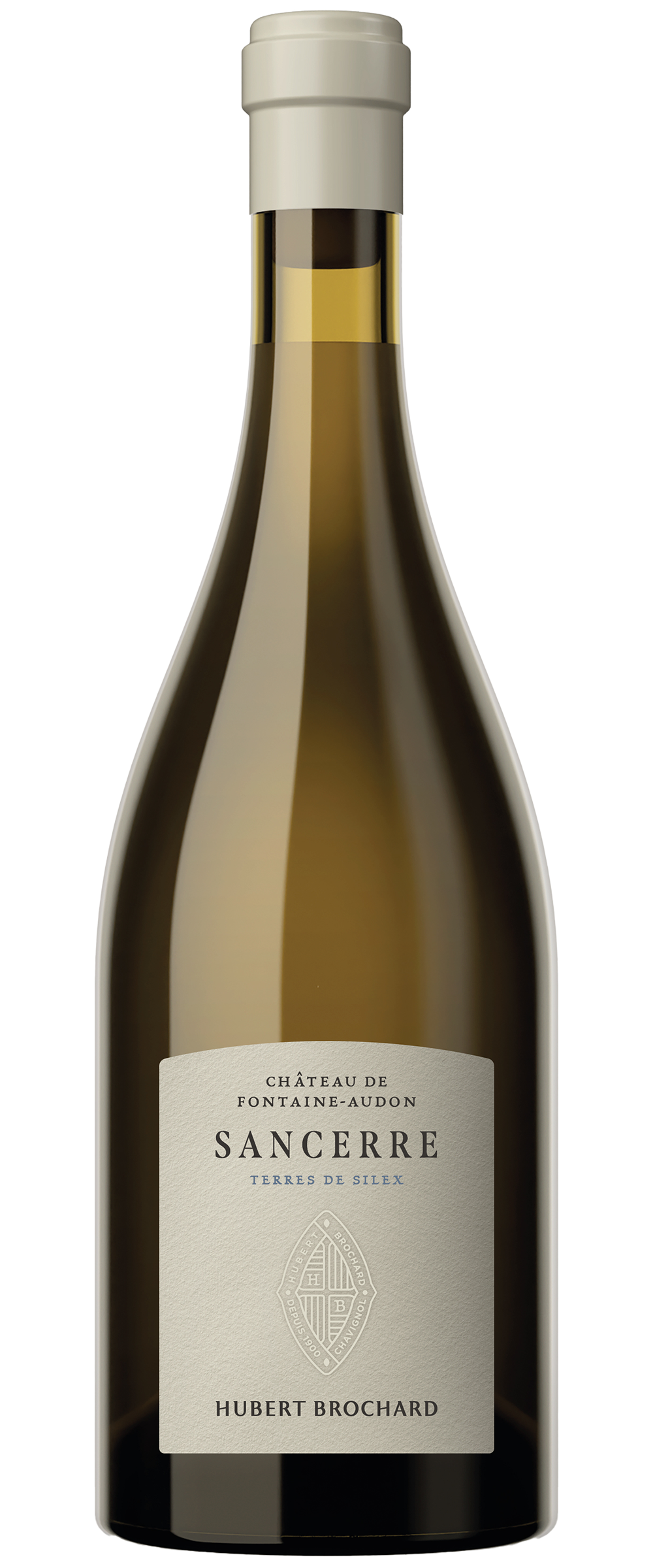
Domaine Hubert Brochard
Sancerre Château de Fontaine Audon
Loire Valley, France
This Sauvignon comes from vineyards surrounding the beautiful Chateau de Fontaine Audon in the north of the Appellation. It is on flinty (silex) soil. The vinification takes place in stainless steel tanks with controlled temperature in order to keep all the fine aromas of Sauvignon. This flinty terroir yields a very mineral, fine and precise Sancerre.
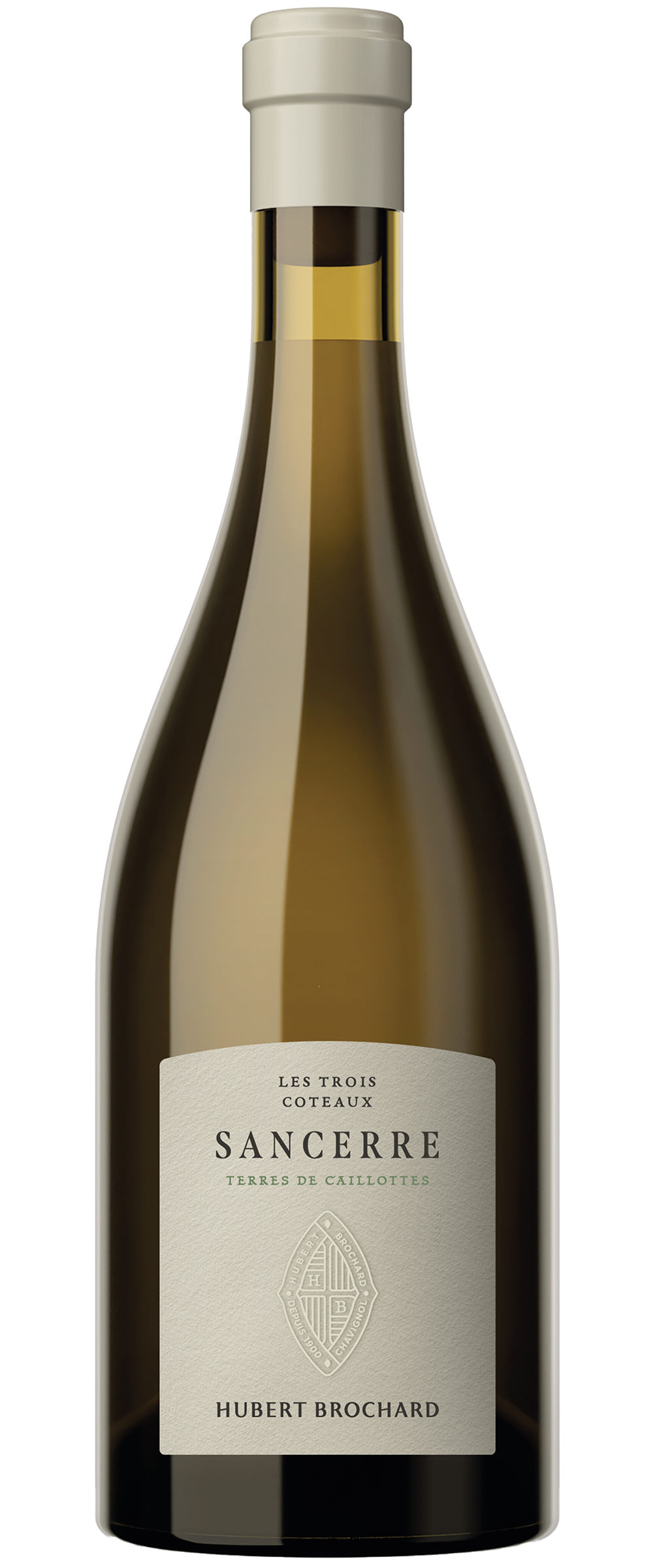
Domaine Hubert Brochard
Sancerre Les Trois Coteaux
Loire Valley, France
Sourced from vineyards surrounding the winery based in Chavignol, in the center of the Appellation. It is on Caillotes soil (small chalky stones). Vinification takes place in stainless steel tanks with controlled temperature in order to keep all the fine aromas of Sauvignon. This terroir results in very balanced, fine and precise Sancerre.
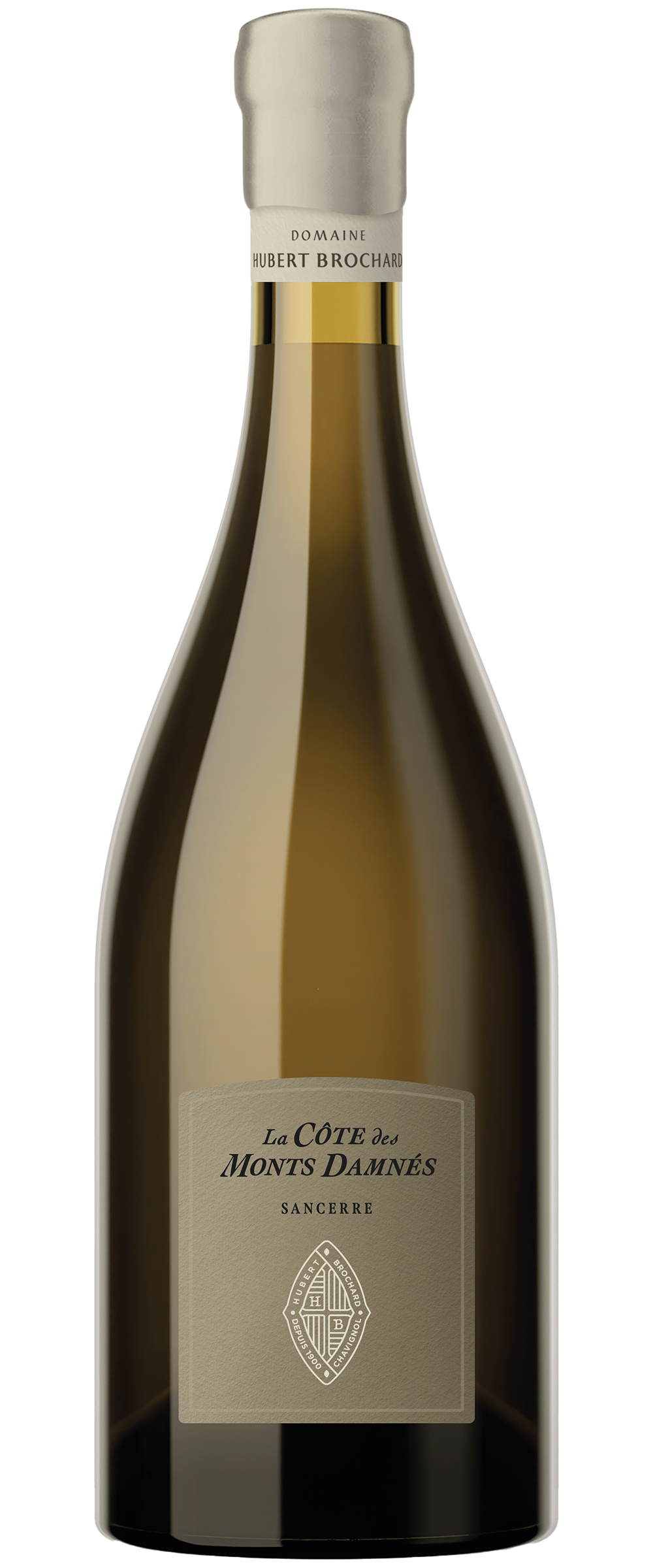
Domaine Hubert Brochard
Sancerre La Côte des Monts Damnés
Loire Valley, France
"La Côte des Monts Damnés," is a very steep hillside overlooking the village of Chavignol. All work in the vineyard is done by hand. The clay white earth mixed with marine fossils has a perfect southern exposure. Vinification takes place in terracotta amphora and oak barrique. This unqiue terroir yields a rich, fine and precise Sancerre. A perfect expression of this iconic place.
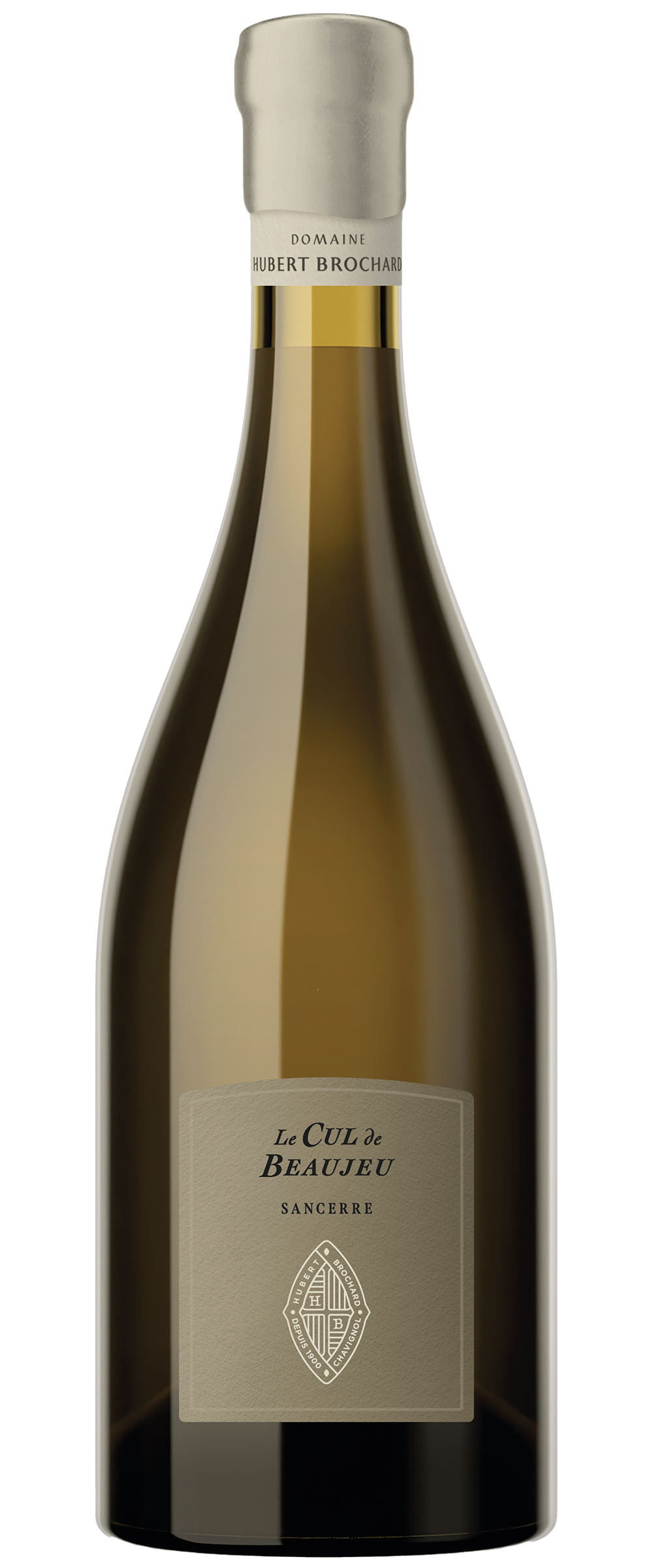
Domaine Hubert Brochard
Sancerre Le Cul de Beaujeu
Loire Valley, France
Fruit is sourced from a very steep hillside overlooking the village of Chavignol. All work in the vineyard is done by hand. This Clay-chalk and underlying Kimmeridgian shale terroir has a perfect Southeast exposure. Vinification takes place in terracotta amphora and oak barrique. This unique terroir yields a very aromatic, fine and precise Sancerre. A lovely expression of this unique single vineyard.

E. Guigal
Côtes du Rhône Rouge
Given that this particular wine can be the introduction to the entire Rhône Valley for a drinker, as well as the position they occupy in the Rhône, it is not enough for the Guigals to make a good Côtes du Rhône. They are relentlessly driven to produce a distinctive and outstanding wine that drives interest in exploring the entirety of the Rhône.

E. Guigal
Côtes du Rhône Blanc
Guigal’s Côtes du Rhône Blanc both sets and steps outside the standard for the appellation and showcases one of the great secrets of the Guigal family: their specialization in the great white Rhône varieties. While only 8% of the Rhône's production is white, a full 25% of Guigal’s production is white and they are today the single largest producer of whites in the Rhône Valley.
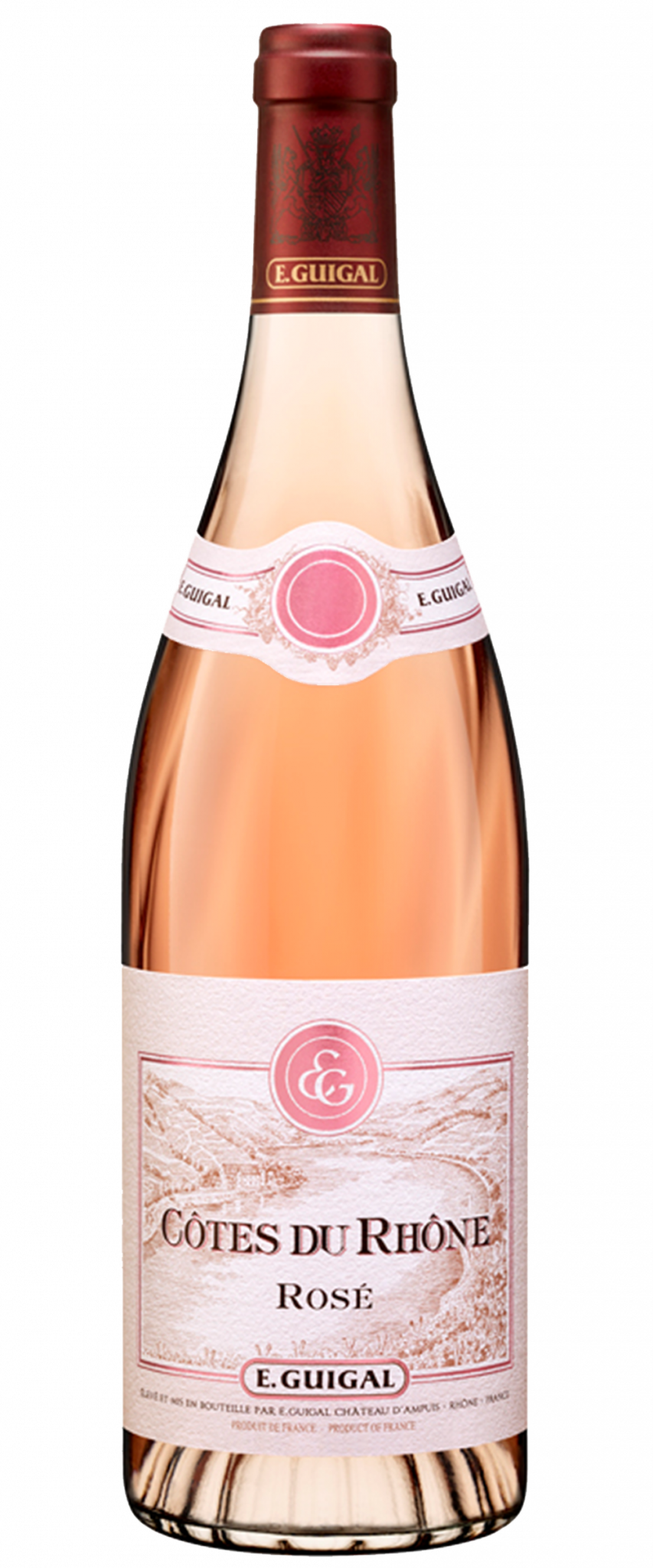
E. Guigal
Côtes du Rhône Rosé
The Guigal family has made serious dry rosé wines since the 1940s, and their Côtes du Rhône Rosé, like all their Côtes du Rhône wines, is humble in name only. The wine bursts with irresistible fresh red fruits and yet is also serious and satisfying. While this Rosé is always a lovely aperitif, its intensity and richness make it perfect for the table, and it pairs well with all manner of cuisines. And starting with the 2020 vintage, the wine has a stunning new proprietary bottle: a subtle enhancement for an already elegant wine!